By Brad Reynolds
In the midst of the Vietnam War, one of the most famous ships of the era was an electronic and signal intelligence ship posted off the east coast of North Korea. Christened the USS Pueblo after being converted from a WWII-era Army transport ship, she would be the first U.S. Naval ship to be captured on the high seas since the War of 1812. The detainment of the Pueblo and her crew by North Korea would create one of the largest diplomatic and naval controversies of the next several decades.
On January 23 1968, the Pueblo was collecting intelligence in international waters off the east coast of North Korea, disguised with her two civilian oceanographers on deck and the appropriate signal flags hoisted. A little after 1200, a North Korean SO-1-class sub chaser approached the Pueblo at 40 knots with her crew at battle stations. Three more P4 torpedo boats approached from the northeast while the sub chaser signaled the Pueblo, HEAVE TO OR I WILL FIRE. The Pueblo replied, I AM IN INTERNATIONAL WATERS, as two NK MiGs executed a harrowing low-level fly over.
The North Korean Attack
North Korean sailors armed with AK-47s transferred from the sub chaser to the torpedo boat and approached the Pueblo‘s starboard side in an attempt to board. The Pueblo quickly maneuvered away, only to be engaged once again by the sub chaser. Signaling HEAVE TO OR I WILL FIRE, the sub chaser subsequently raked the Pueblo with her .50 caliber guns, killing one American and wounding multiple others. Though the Pueblo had two .50 caliber guns of her own, they were wrapped in frozen tarps with ammunition below deck; no attempt was made to use them. Unprepared for an armed confrontation, the Pueblo halted and proceeded to follow the North Koreans back to Wonsan, North Korea.
A shocked Captain Lloyd Bucher, having been informed that his stint as skipper of the Pueblo would be a laidback assignment, immediately ordered the destruction of all sensitive material on board. He followed the North Korean vessels at 1/3 speed so his men could finish destroying sensitive material, but was again fired upon until his speed increased. The crew of the Pueblo eventually resorted to throwing documents overboard because they could not be shredded fast enough.
Captured & Sent to Pyongyang
Upon reaching land, the 83 crewmembers of the Pueblo were transported to camps outside Pyongyang and tortured for information. They would spend just under a year in captivity while the North Korean government requested America accept the “Three A’s.” Admit the Pueblo had entered North Korean waters, apologies for such an intrusion, and assure the DPRK that it would never happen again. American negotiators refused to sign a statement that affirmed a narrative that contradicted what had actually occurred. Thus began a long string of negotiations between the two sides:
I want to tell you, Pak, that the evidence against you North Korean Communists is overwhelming … I now have one more subject to raise which is also of an extremely serious nature. It concerns the criminal boarding and seizure of … Pueblo in international waters. It is necessary that your regime do the following: one, return the vessel and crew immediately; two, apologize to the Government of the United States for this illegal action. You are advised that the United States reserves the right to ask for compensation under international law.
– U.S. Admiral Smith, January 24, 1968
Our saying goes, ‘A mad dog barks at the moon’, … At the two hundred and sixtieth meeting of this commission held four days ago, I again registered a strong protest with your side against having infiltrated into our coastal waters a number of armed spy boats … and demanded you immediately stop such criminal acts … this most overt act of the US imperialist aggressor forces was designed to aggravate tension in Korea and precipitate another war of aggression… The United States must admit that Pueblo entered North Korean waters, must apologize for this intrusion, and must assure the Democratic Peoples Republic of Korea that such intrusions will never happen again. Admit, Apologize and Assure (the Three A’s).
– North Korean General Pak, January 24, 1968
If I acknowledge receipt of the crew on a document satisfactory to you as well as to us, would you then be prepared to release all of the crew?
– U.S. General Woodward, August 29, 1968
If you will sign the document, we will at the same time turn over the men.
– North Korean General Pak, September 30, 1968
We do not feel it is just to sign a paper saying we have done something we haven’t done. However, in the interest of reuniting the crew with their families, we might consider an ‘acknowledge receipt’.
– U.S. General Woodward, 30 September 1968
You are employing sophistries and petty stratagems to escape responsibility for the crimes which your side committed…
– North Korean General Pak, October 10, 1968
Eleven months after the Pueblo‘s capture, American negotiators signed an agreement similar to the one originally proposed in February 1968.
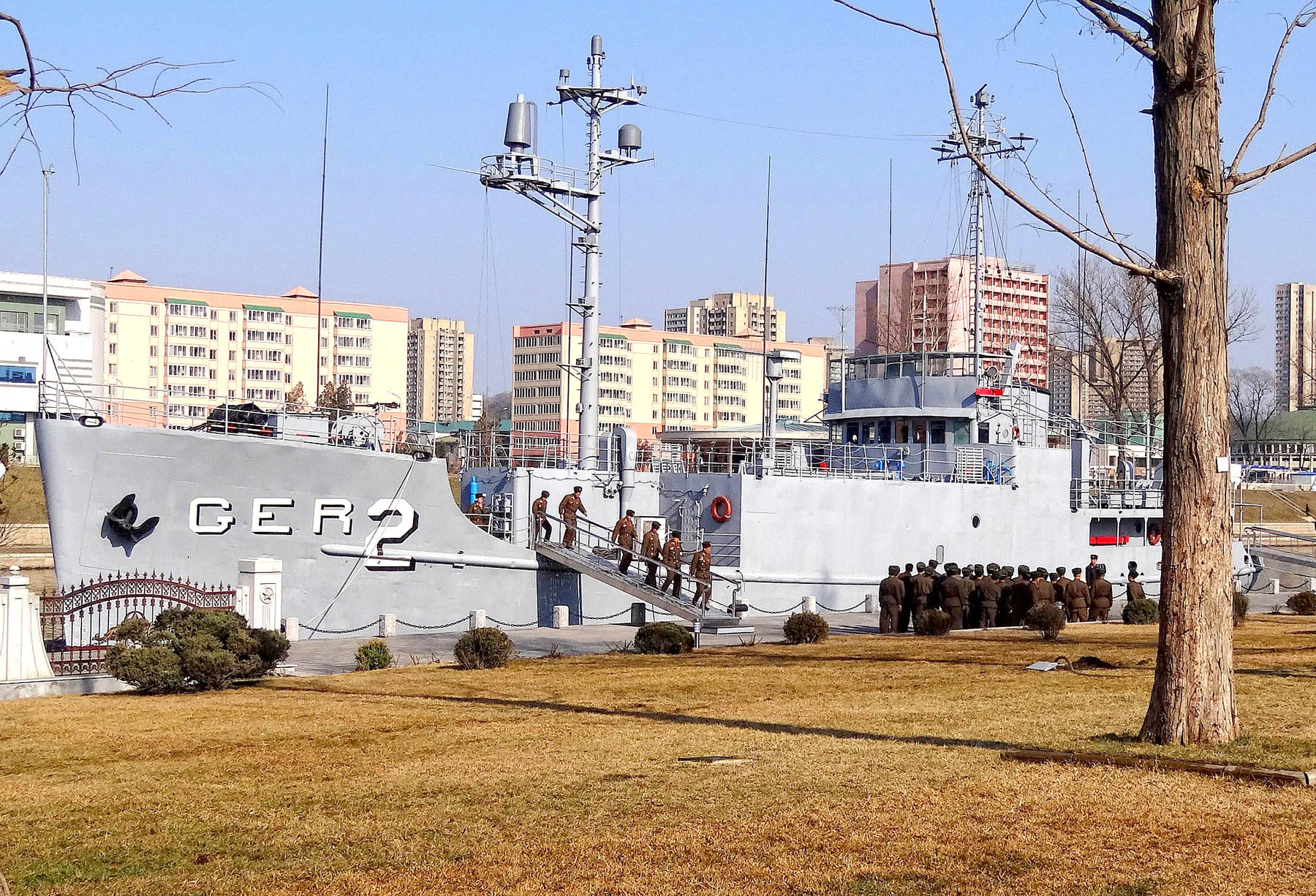
Following the year-long ordeal, the U.S. Navy launched an inquiry into Captain Bucher’s conduct and recommended him for a court marshal for neglecting to scuttle the Pueblo and its highly sensitive intelligence equipment, allowing it to enter enemy hands. The Secretary of the Navy would inevitably drop the charges due to Bucher’s exemplary leadership during internment. The USS Pueblo remains the only commissioned U.S. ship currently being held captive. To this day, the Pueblo sits moored along the Botong River in Pyongyang as a museum of American imperialism.
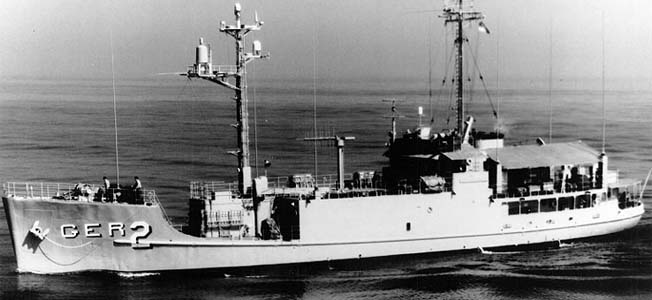
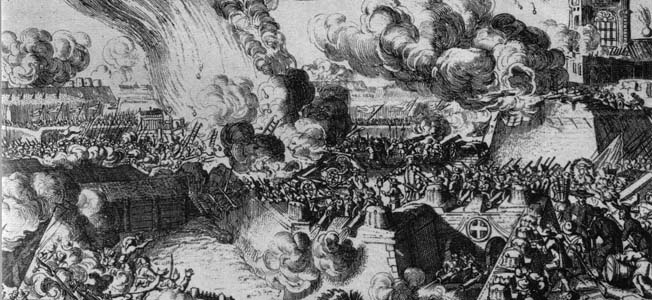
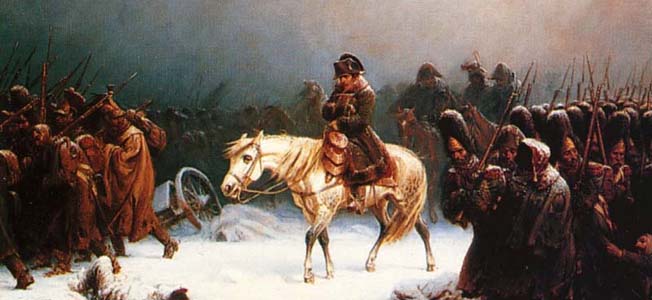

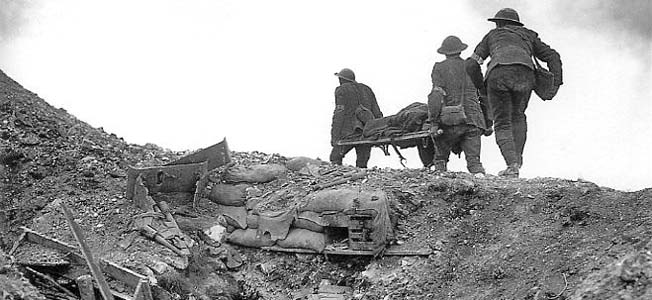
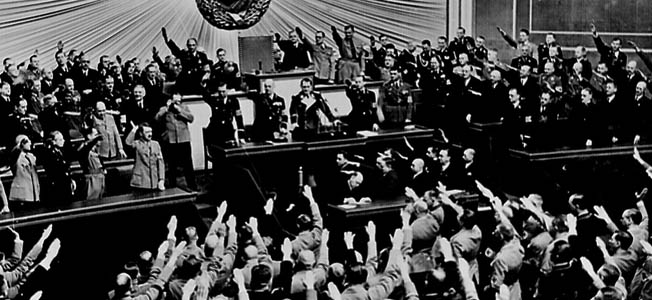
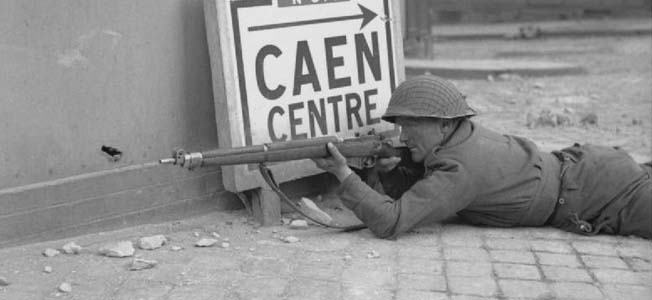

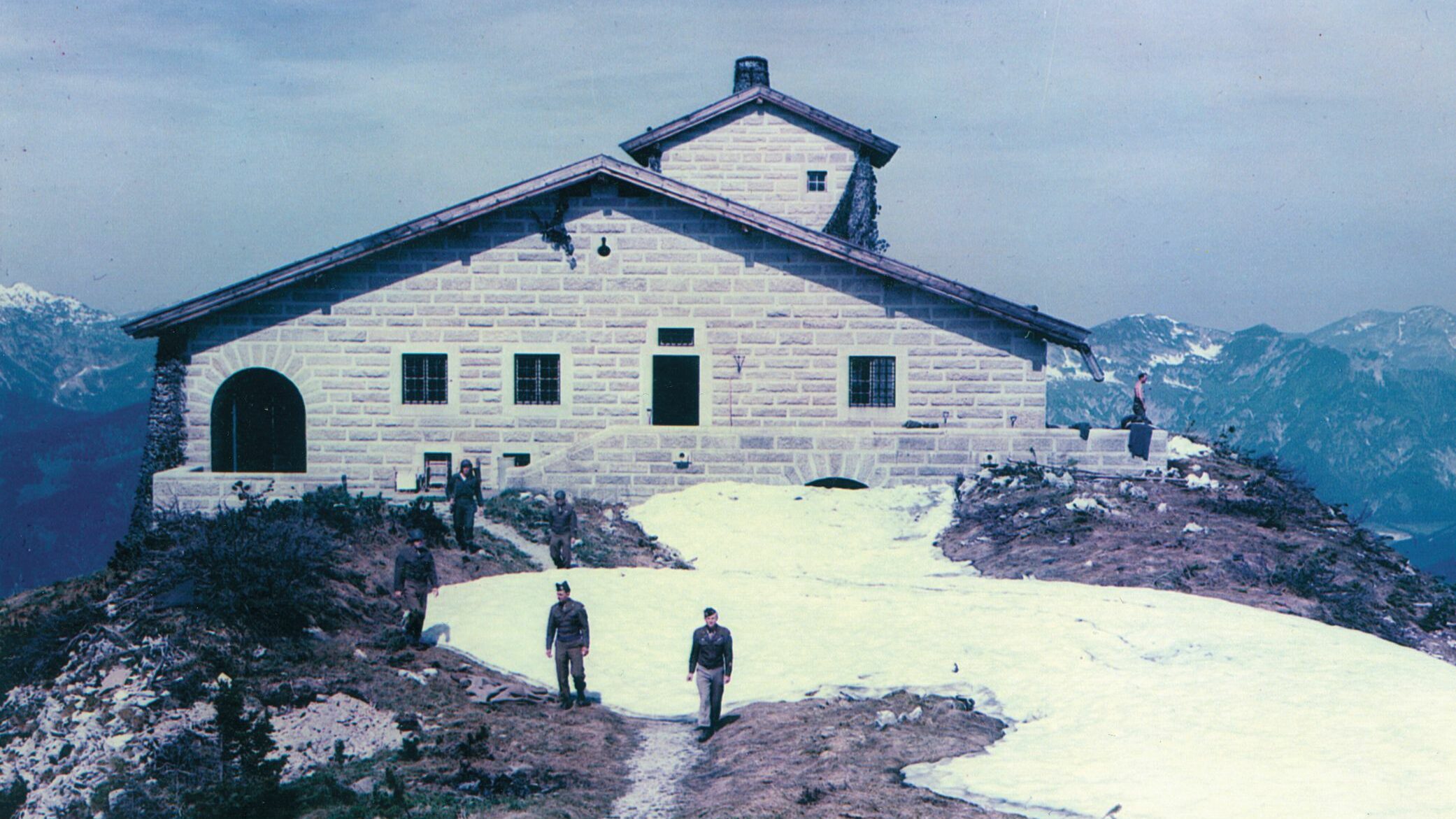
Whenever we decide to take North Korea out, Pueblo needs to be the first thing we hit.
All our troops were engaged in Vietnam. We could do nothing about this until we pulled the 3rd Mar Div out of Vietnam and staged them in Okinawa. Then NK released them. The crew members were tortured beyond belief for telling the truth. The NKs are despicable vermin.